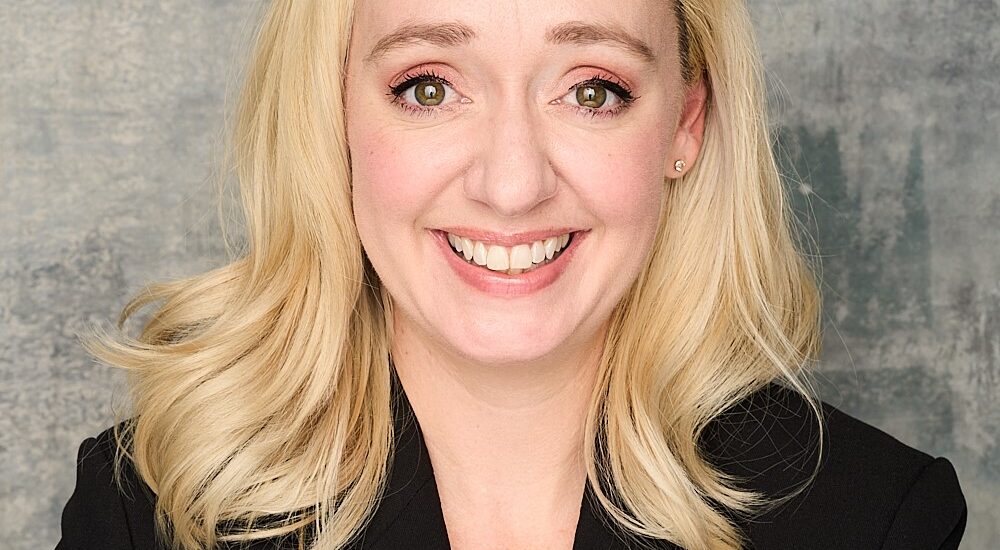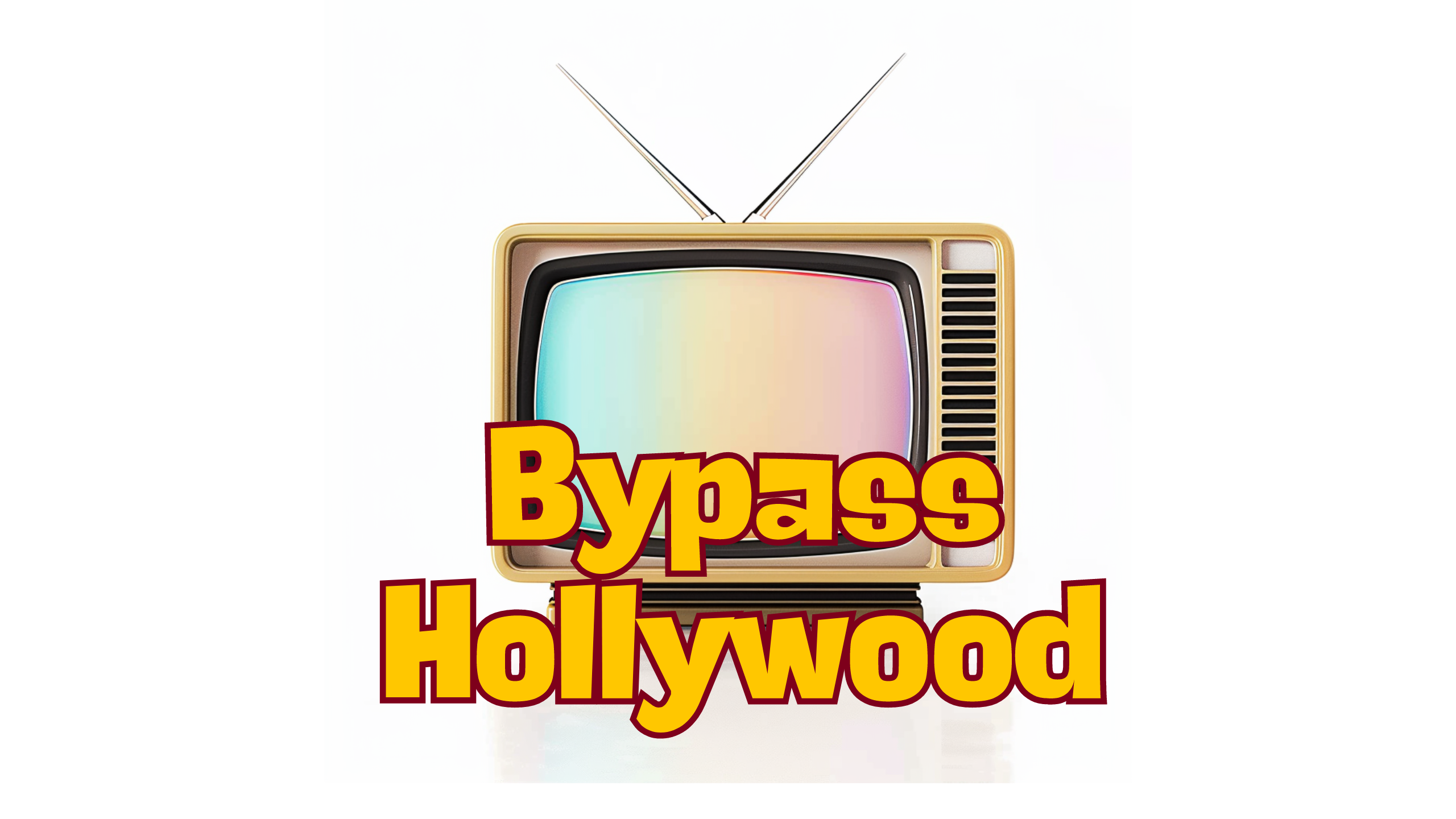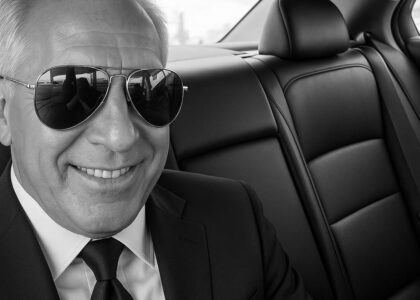


Technological advances are reshaping industries at an astonishing pace and Josie Kaye finds herself at the forefront of one of the most exciting and controversial movements: AI animation. A digital pioneer with a passion for storytelling, Josie has quickly carved out a niche for herself by embracing AI tools to bring high-quality animated visuals to life for a fraction of the cost and time traditional methods require. In this riveting conversation, Josie discusses the future of AI animation, the opportunities it presents for independent creators, and the potential it has to disrupt the entertainment industry.
Jeff Rivera: I discovered you on LinkedIn and realized how much you know about this new movement of AI filmmaking, specifically AI animation. So, what exactly is AI animation, and what do you do?
Josie Kaye: You know, it’s interesting because I’m fairly new to this. I don’t come from a traditional animation background, and I think that helps because I’m open to all the possibilities. I started in marketing, working with traditional animators, but when I saw what was possible with AI in early 2023, I got really excited. I could see this is where things are going, and I wanted to be part of it. Yes, there’s fear and even disgust—people are scared. But for those who haven’t had the traditional opportunities in entertainment, AI opens a huge door. I’ve been in entertainment for 15 years, and while I’ve had some success, I want more. This is a once-in-a-lifetime opportunity for people like me.
You mentioned opportunities—can you explain what those opportunities look like, especially in concrete terms?
Josie Kaye: Absolutely. Right now, for very little cost, you can generate 3D images that are Pixar or DreamWorks quality. What used to cost thousands of dollars to create a 3D brand mascot, for example, can now be done for a few dollars through AI platforms. And it’s not just static images. There are platforms that create movement, though they still have limitations. But AI is advancing so rapidly that these limitations are shrinking by the month. I think people who are waiting for it to be perfect are making a mistake. Right now, the groundwork is being laid, and the real opportunity is in this early phase before the big studios fully jump in.
Based on the progress you’ve seen, how far are we from producing a Pixar-level feature film using AI?
Josie Kaye: Honestly, we’re not that far off. I’d say within a year or year and a half, it’s completely possible. Right now, the biggest challenge is movement. But companies like Wonder Dynamics are doing incredible things with motion capture, blending AI with live action to create seamless animation. They’re ahead of the game in integrating motion capture with AI, and I believe we’ll see huge advancements in this area soon. I’ve already made short AI films in under 25 hours, and even though the movement was limited, it still looked impressive. The speed at which things are progressing is mind-blowing.
Aside from Wonder Dynamics, what other tools are you excited about?
Josie Kaye: I’m a big fan of MidJourney for still images and Runway for AI-generated movement. Runway’s Gen-3 update has already changed the game. Invisible Universe, a company I consult with, is also developing AI tools specifically for animation, which I’m really excited about. They’re blending different AI capabilities to focus on animation and plan to open it to the public soon. It’s an incredible time to be involved with these companies.
Let’s talk about fear. You’ve likely heard concerns from traditional animators and artists. Did you have any concerns yourself when you first started using AI tools?
Josie Kaye: Honestly, I wasn’t too worried. I’m an optimist, and I was curious from the start. When I saw how quickly the technology was evolving, I knew I had to jump in. Some writers and actors worry that AI will replace them, but I don’t believe it can replace the human spirit behind storytelling. AI is a tool to speed up processes, but the human experience is irreplaceable. I do think there need to be regulations, especially around intellectual property and protecting artists, but I’m not afraid of AI—I’m excited by it.
For those who want to use AI but also want to make money from their work, what would you recommend? How can they use platforms like LinkedIn or others to showcase their work and attract clients?
Josie Kaye: My advice is to play around with the tools available—MidJourney, Runway, and other platforms—and experiment. Start by building a catalog of your work. Social media is key, and I’ve found LinkedIn to be incredibly powerful for finding clients. I’ve had people reach out to me just by posting examples of what I’m working on. And be transparent—tell people it’s AI-generated work. The more you practice and post, the better you’ll get. And clients will notice.
Do you think we’ll see an Emmy- or Oscar-winning AI-generated film or series in the near future? If so, how long do you think it will take?
Josie Kaye: I think we’ll see it within the next two years, but there will likely be a blend of traditional animation and AI. The big studios are already using AI, but for independent creators, now is the time to jump in. It’s going to revolutionize the way we tell stories, and I believe the door is wide open for those willing to embrace this change. The opportunity is now.




